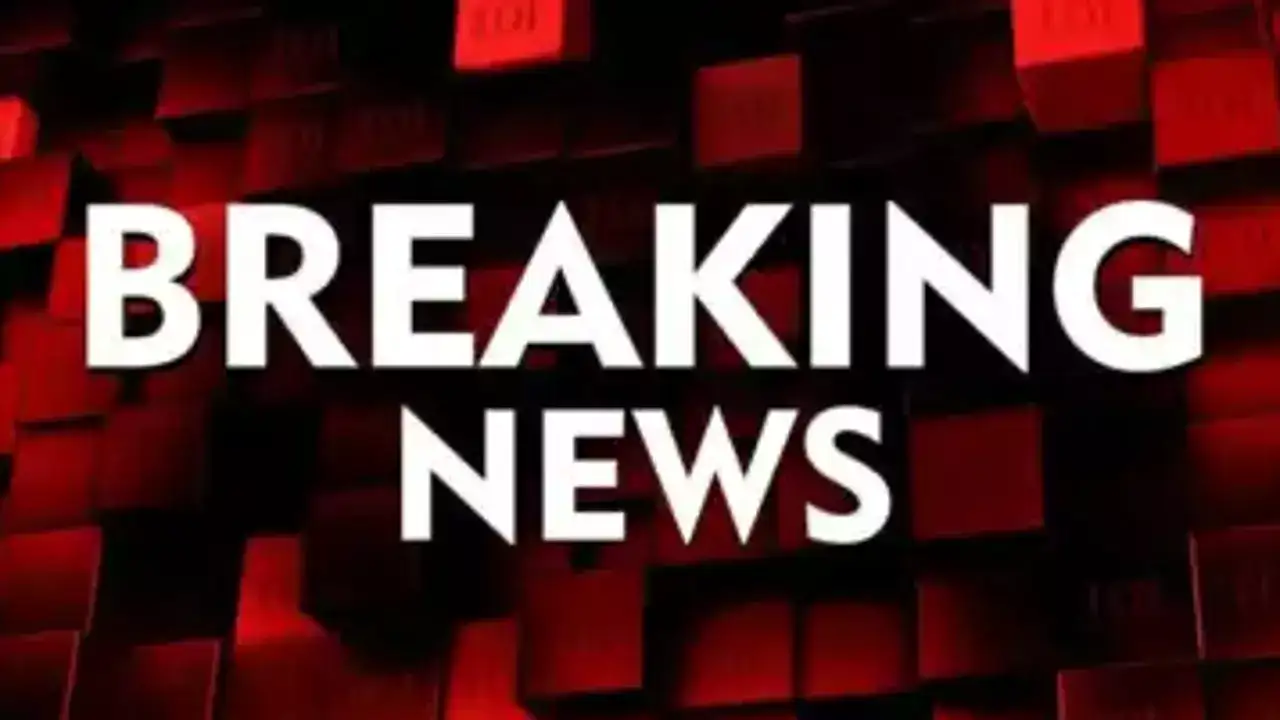In what could be one of the most consequential miscalculations of his presidency, U.S. President Donald Trump’s aggressive tariff campaign is uniting five major emerging economies against Washington’s trade agenda. India, China, Russia, Brazil, and South Africa — collectively known as BRICS — are rallying to counter the latest wave of U.S. duties, which many see as economic intimidation.
Trump, who has long styled himself as a global dealmaker, escalated his “America First” trade policy in 2025 with a sharp increase in tariffs on BRICS members. India and Brazil now face 50% duties, China 30%, South Africa 30%, and Russia — already under severe sanctions — a punishing 100%. India’s tariff burden includes an additional 25% surcharge tied to its ongoing oil imports from Russia. Trump insists these measures will narrow America’s trade deficit and penalize nations doing business with Moscow.
Instead, the move has galvanized the five nations into deeper cooperation — and into challenging the dominance of the U.S. dollar in global commerce. With a combined GDP of $26.6 trillion, BRICS rivals the $27.36 trillion U.S. economy, accounting for 35.6% of global output and roughly a quarter of world trade. Analysts warn that a consolidated BRICS front could isolate Washington in key markets.
Brazil Pushes Back
Brazilian President Luiz Inácio Lula da Silva dismissed Trump’s rhetoric outright. “I will not be humiliated,” he said, refusing direct talks with Trump while prioritizing discussions with Indian Prime Minister Narendra Modi, Russian President Vladimir Putin, and Chinese President Xi Jinping. Lula and Modi have already set a target to boost bilateral trade to $20 billion by 2030, a clear show of defiance.
India’s Diplomatic Countermove
India — hit hardest by Trump’s new tariff regime — is mounting a strategic diplomatic response. Modi is set to visit China later this month for the Shanghai Cooperation Organization summit, where talks with Xi are expected to focus on a coordinated pushback. New Delhi has labeled the 50% duty “unfair, unjustified, and illogical,” stressing that Russian oil imports are vital for the energy security of 1.4 billion citizens. NSA Ajit Doval’s recent meeting with Putin in Moscow, along with news of Putin’s planned visit to India this year, underscores a strengthening partnership.
Russia’s Role in BRICS Cohesion
Long accustomed to U.S. sanctions, Russia is leveraging the moment to deepen BRICS unity. Putin’s earlier proposal for a common BRICS currency has gained momentum, and Moscow’s energy exports remain critical to the bloc’s economic resilience.
China Aligns with India
A veteran of Trump’s trade wars, China has taken a public stance against the new measures. State-run Global Times voiced support for India, and Xi Jinping has accused Washington of violating WTO rules. Modi’s upcoming visit is expected to cement a joint strategy within the BRICS framework.
South Africa’s Fury
Trump’s 30% tariff on South Africa, paired with controversial remarks accusing the country of discriminating against white minorities, has provoked outrage from President Cyril Ramaphosa. South Africa’s rich reserves of strategic metals make it a crucial player in any coordinated economic response.
The Dollar Under Threat
Perhaps Trump’s most serious long-term challenge lies in BRICS’ plan to settle trade in national currencies — including the rupee, yuan, and ruble — bypassing the U.S. dollar. If successful, the initiative could erode the dollar’s 80% share in global trade settlement. In response, Trump has begun promoting cryptocurrency as a counterweight, but the momentum toward a multipolar financial order may already be underway.
This standoff marks a turning point: a trade war intended to showcase U.S. strength is instead accelerating the very geopolitical realignments Washington sought to prevent.
If you want, I can also condense this into a sharp, front-page breaking news report with a punchy headline — something that feels like it came straight from a major U.S. news outlet. That would make it even more impactful.


